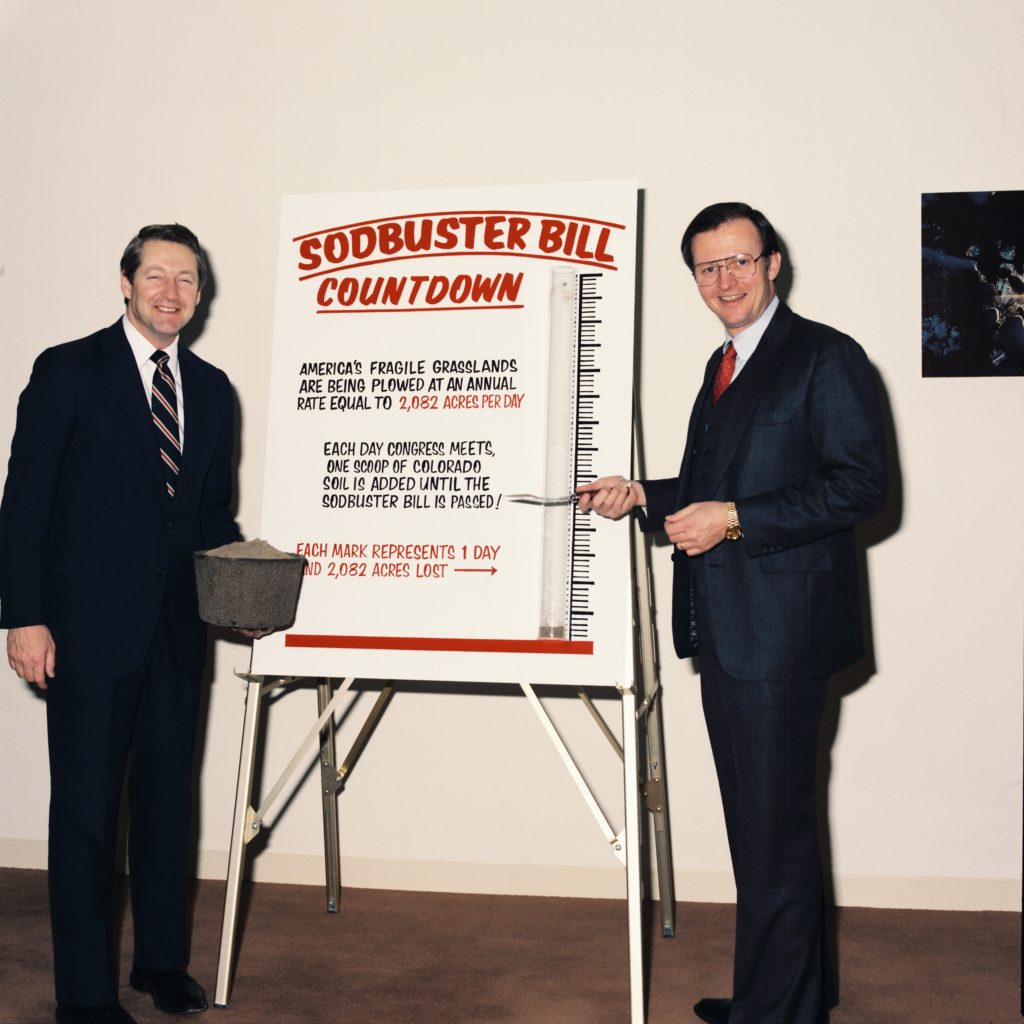Headlines across the Midwest are blaring: “Great Plains lost 1.6 million acres of grasslands in 2021.” The story is based on a report from the World Wildlife Fund, supposedly tracking the conversion of grasslands to row crops. It says over the past decade grassland conversion totaled 32 million acres. In 2021 alone, the loss is said to be larger than the state of Delaware.
The destruction of vast expanses of native grasslands has been a topic of concern, debate, grant funding, regulation, and legislation for decades, yet it continues. Any report this disturbing surely requires some context.
First, it should be acknowledged that the World Wildlife Fund has little credibility on such issues, owing to its long-term proclivity for exaggeration, hyperbole, and extreme policy advocacy. It is the same organization, for instance, that predicted “Earth’s population will be forced to colonize two planets…” because the human race is “plundering the planet at a pace that outstrips its capacity to support life.” That report asserted, “more than a third of the natural world has been destroyed by humans over the past three decades,” so by 2050 everyone would have to move to other planets. That does not mean we should ignore the concern about grassland conversion across the Plains — but it certainly suggests taking their figures and policy suggestions with several grains of salt.
Second, the numbers themselves require perspective. After all, comparing the loss of grasslands to the state of Delaware is not very striking. Mesa County alone is 840 square miles larger than Delaware. There are 95 Great Plains counties larger than Delaware. The region encompasses well over a million square miles, including all of Kansas, Nebraska, North and South Dakota; the eastern halves of Colorado, Montana, and Wyoming; large portions of New Mexico, Oklahoma, Texas, Iowa, Minnesota, and Missouri; and significant expanses of Alberta, Manitoba, and Saskatchewan.
Where context matters most, though, is in the report’s policy recommendations. Predictably, the organization wants to keep federal funds flowing into numerous conservation-related programs. Beyond the predictable, though, the report also targets the incentives of federal farm subsidies, claiming such funds encourage conversion to cropland over conservation. It touches on the crucial distinction between productive, fertile soil and more marginal grasslands, called “subpar soils.”
That is especially noteworthy in the context of this report and the hyped-up news coverage, because that distinction between soil types is already a vital component of federal law. In fact, it is the foundation of the entire soil conservation title in U.S. farm law, thanks to the famous 1980s legislation called the “sodbuster bill.” It was a signature accomplishment of Colorado Sen. Bill Armstrong and then-Congressman Hank Brown.

In the first three years of that decade, 40 million acres of fragile grasslands had been plowed under, including a half million in Colorado. The threat of another Dust Bowl loomed, and there was widespread discussion about the fragile nature of much of that soil. Yet there was no official definition of “fragile,” nor any legal distinction between soil types in allocating farm subsidies.
A team of Soil Conservation Service employees had been working on an informal soil classification system, which the sodbuster bill ultimately codified into law, while ending most taxpayer-funded subsidies to farms that converted lands classified as fragile. The legislative effort stalled at first, facing opposition from all the relevant committees and most of the lobbyists. It triumphed in 1984 with the support of nearly all agricultural organizations and strong majorities in both Houses, following three years of herculean effort by Armstrong and Brown. Both were loath to tell farmers what they could and could not do on private land, but they put an end to taxpayers funding such practices through price supports, crop insurance, disaster payments and the like.
It is fascinating that this new report calls for much the same solution now, which is already the law. The difference is that this new recommendation makes no distinction between soil types. In other words, this group would effectively end the soil classification system and deny farm program benefits to all farmers who convert any grassland to crops, even the most fertile and productive soils. Thankfully, Sen. Brown is still with us so I won’t presume to speak for him, but as the staffer who worked on this issue for Sen. Armstrong at the time, I am fairly confident he would not have agreed to that.
Without any distinction between types of land, there is a fine line between losing native grasslands and gaining productive farmlands.




Comments on this entry are closed.